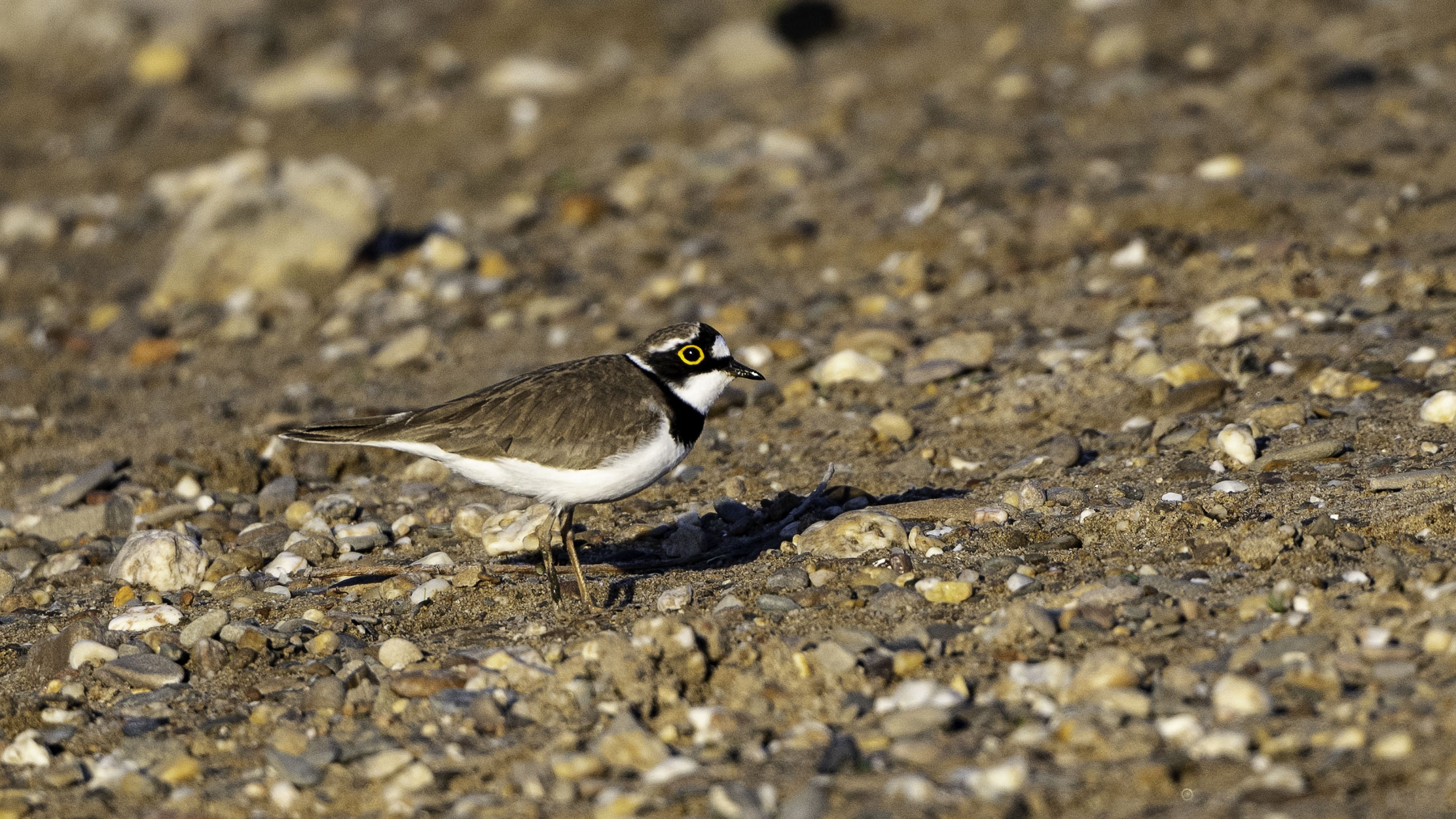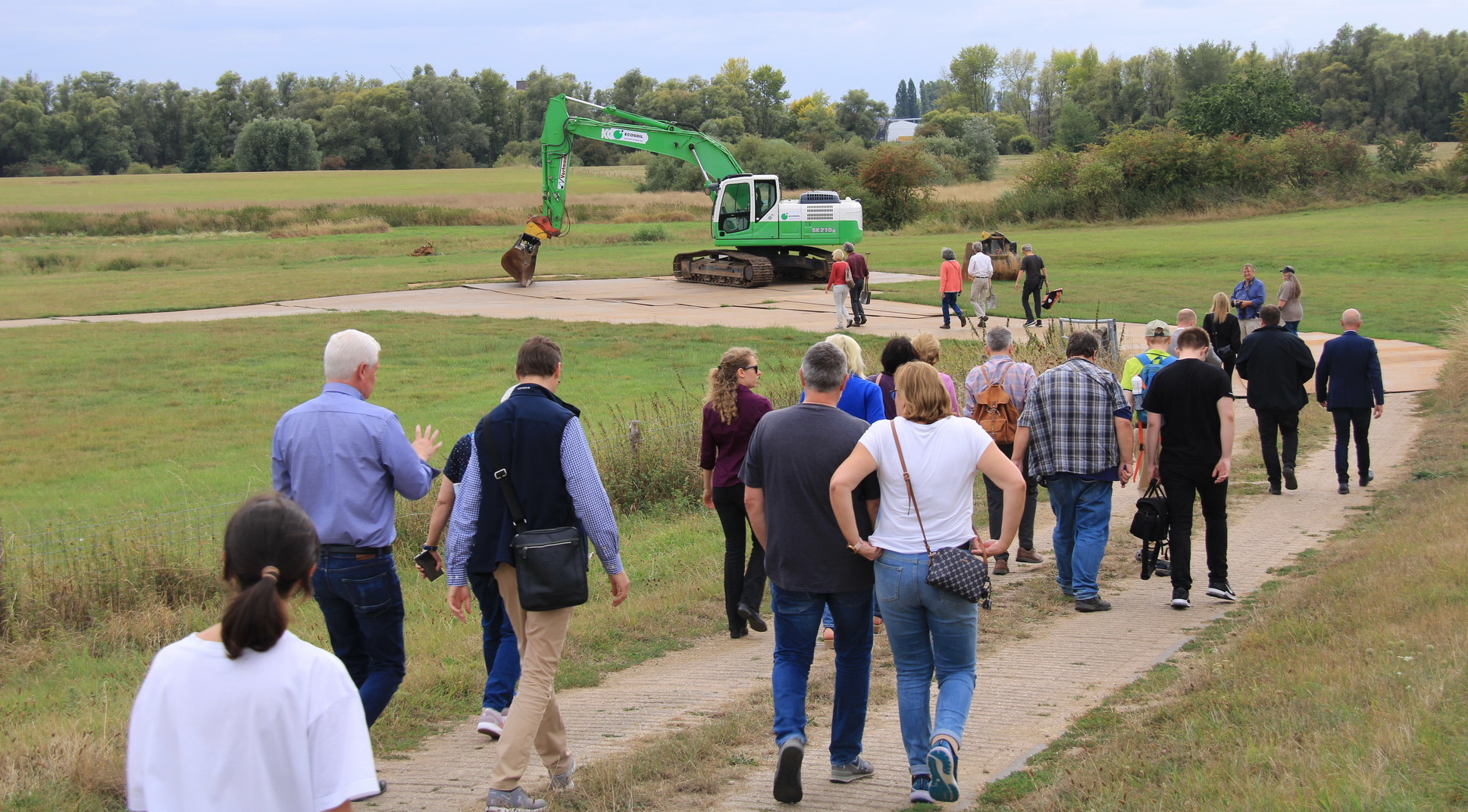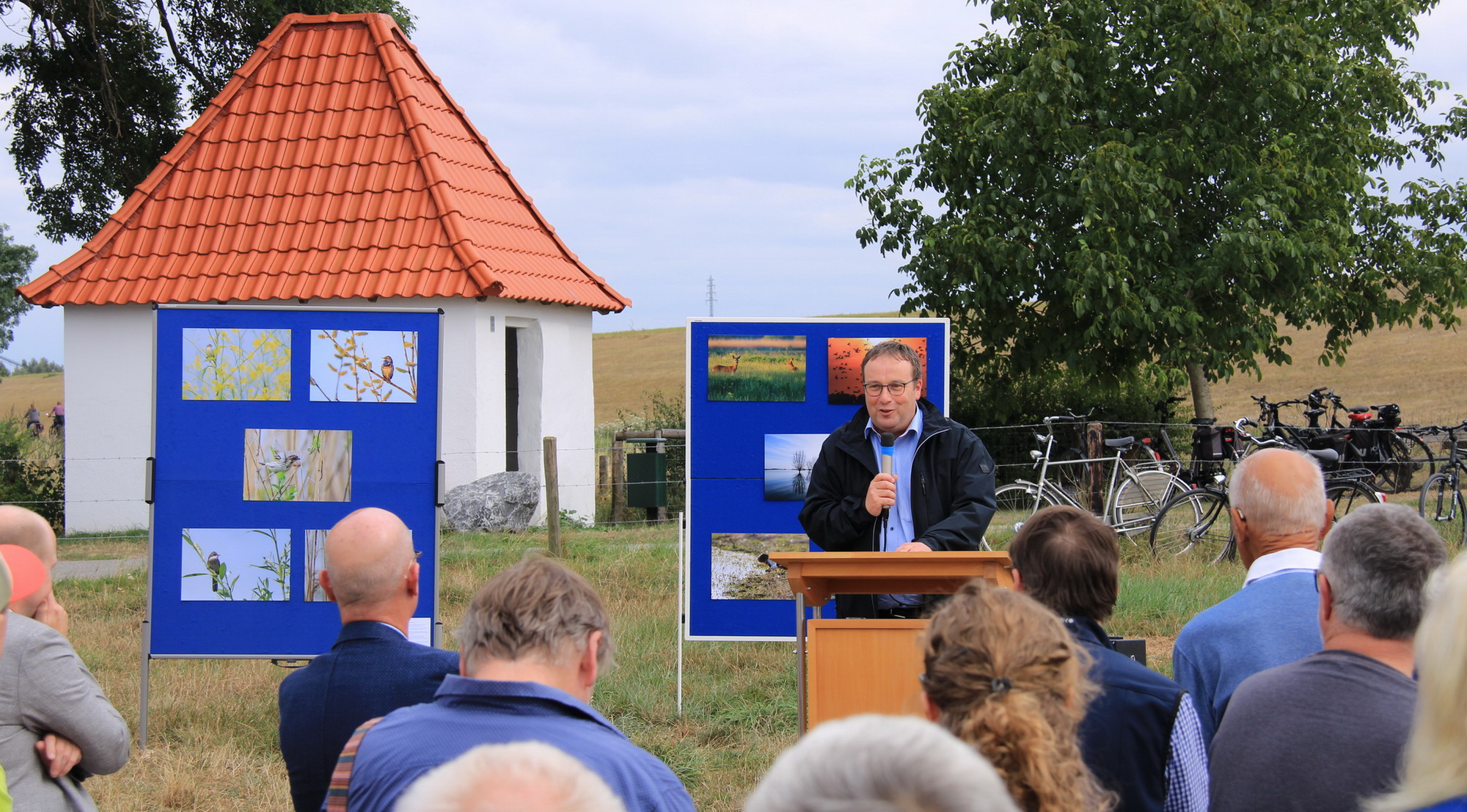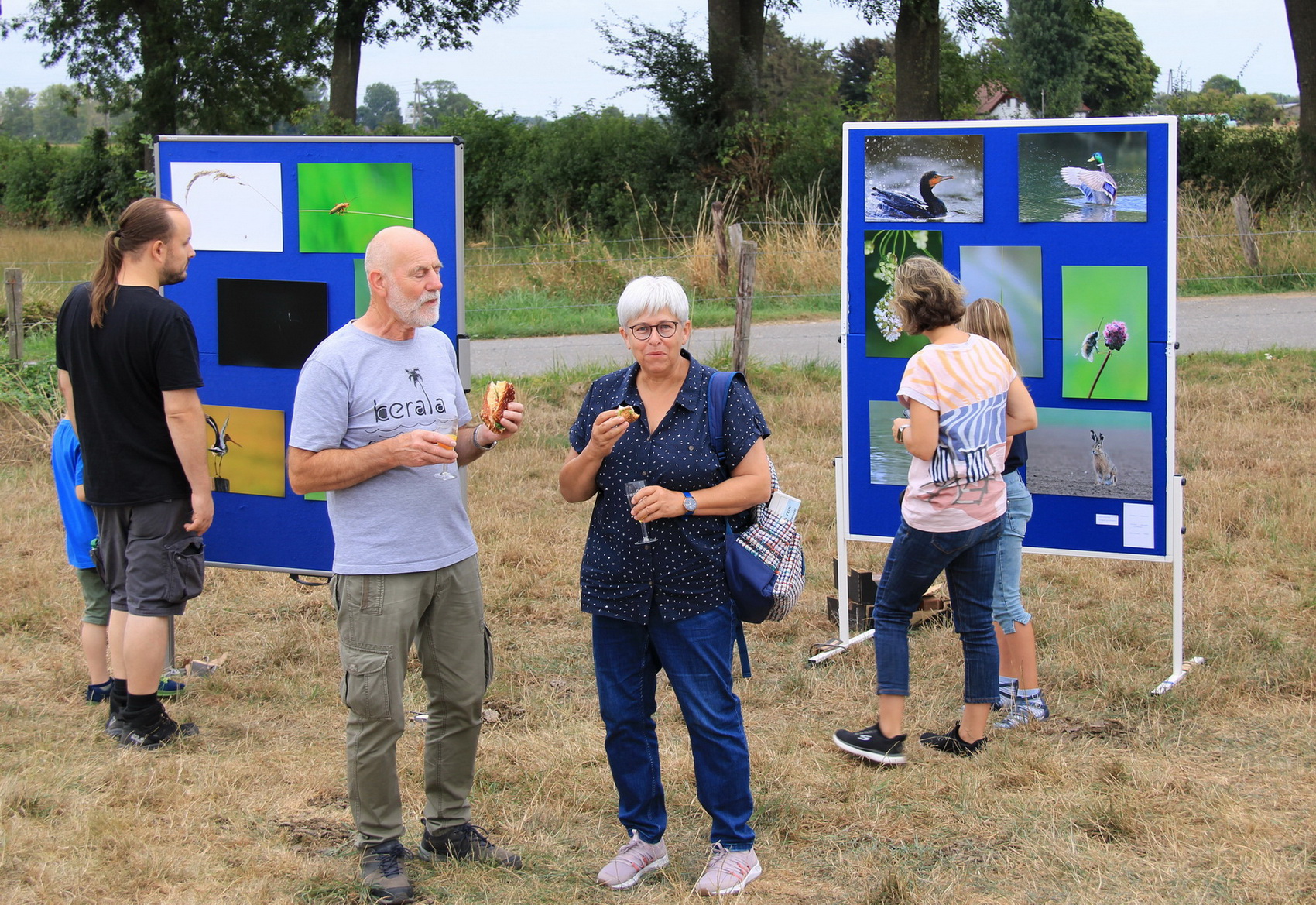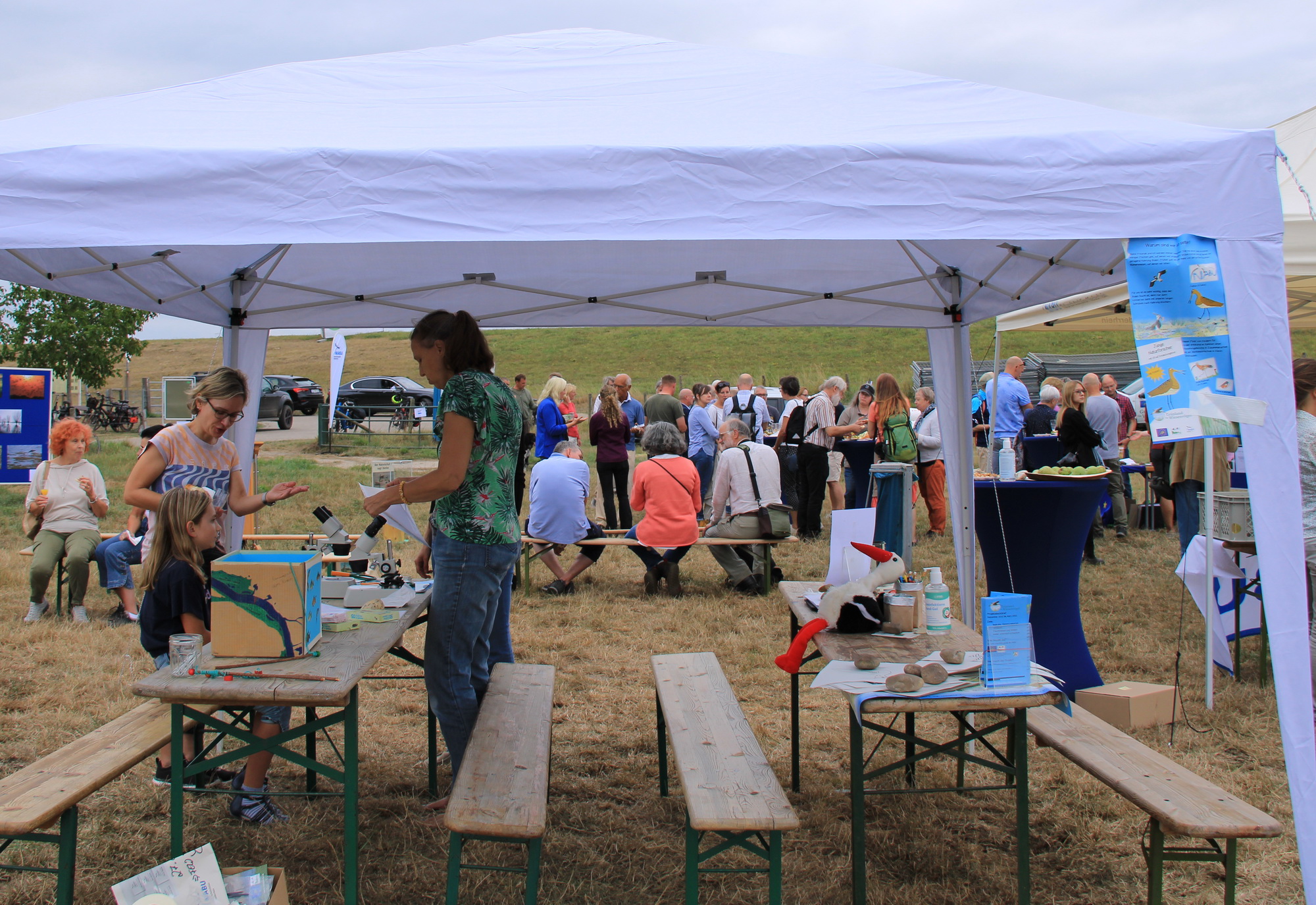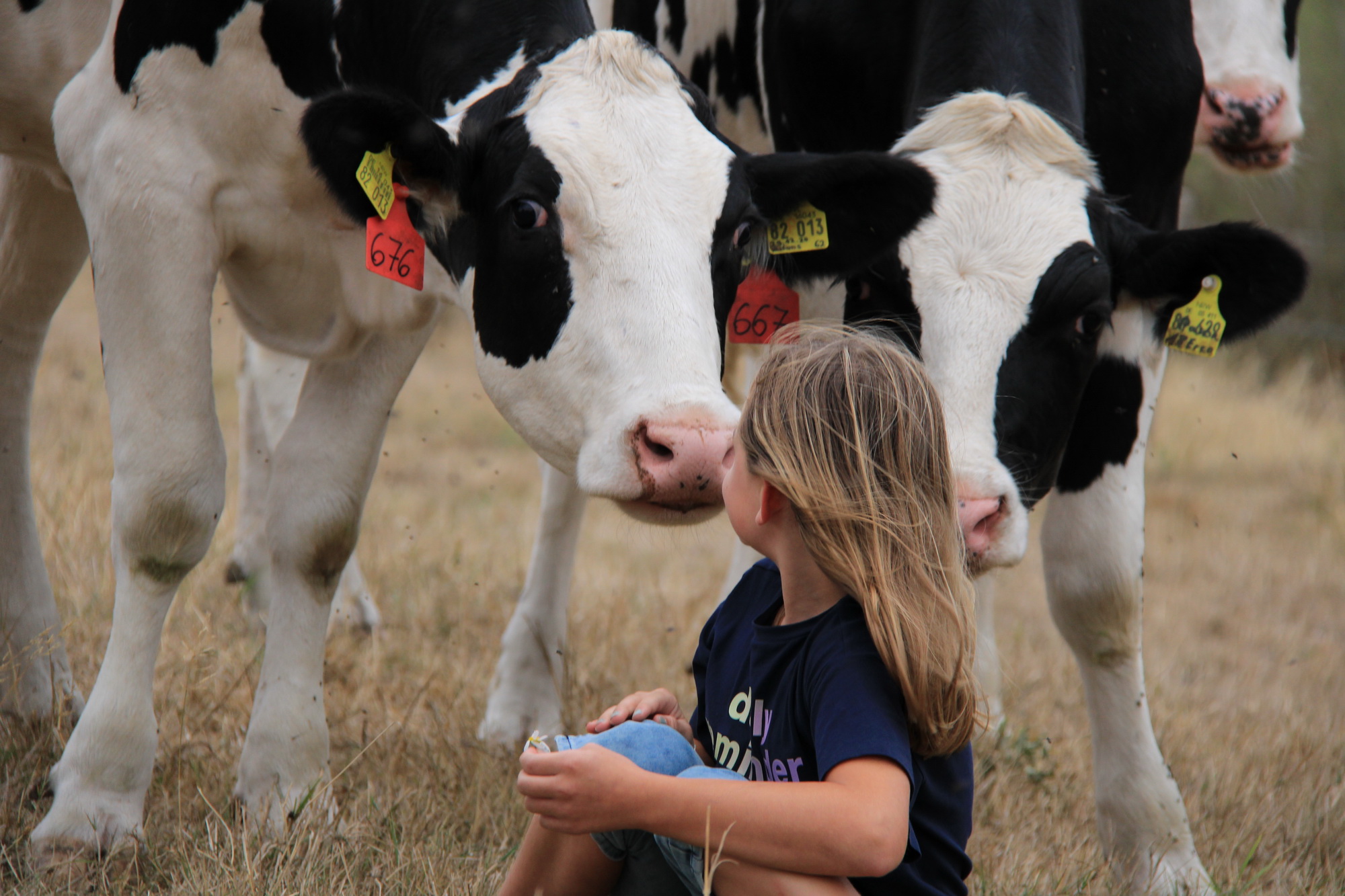News
Flood in the Emmericher Ward
- Details
The water levels in the floodplain are pleasingly high at the moment. Rare wetland habitats can thus recover from the droughts of recent summers and are hopefully better equipped to withstand future dry periods. Nature conservation measures that we are implementing as part of this LIFE project are helping to keep this valuable water in the wet meadows for longer and thus preserve rare animal and plant species. However, the construction site for the current measures has been paused for the time being due to the flooding.

News from the Ward
- Details
The construction work in the Emmericher Ward is still in full swing and is expected to be completed by the end of autumn this year. Good news for all those who enjoy walking or cycling along the Banndeich in the Emmericher Ward: Three new information signs have been put up recently and provide information about the flora and fauna of the wetland and bird sanctuary, its conservation and development, and flood protection.
Two signs with identical content are located at the entrances of the area – on Rundestraße near the Dutch border and on Fackeldeystraße near the marina. The third sign can be found near the hikers' hut, approximately in the middle of the Banndeich.
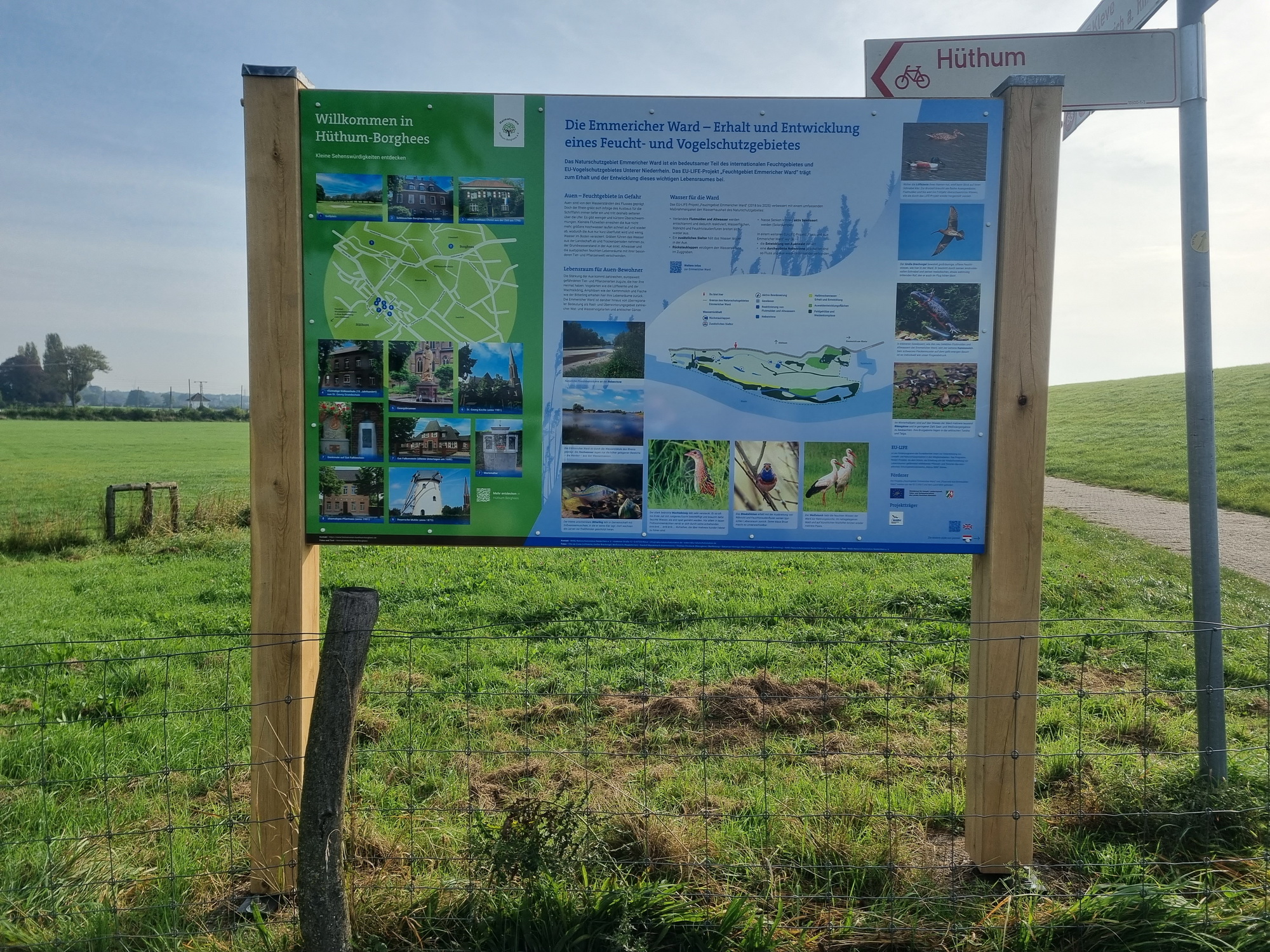
Information sign near the hikers' hut – Picture: NABU-Naturschutzstation Niederrhein
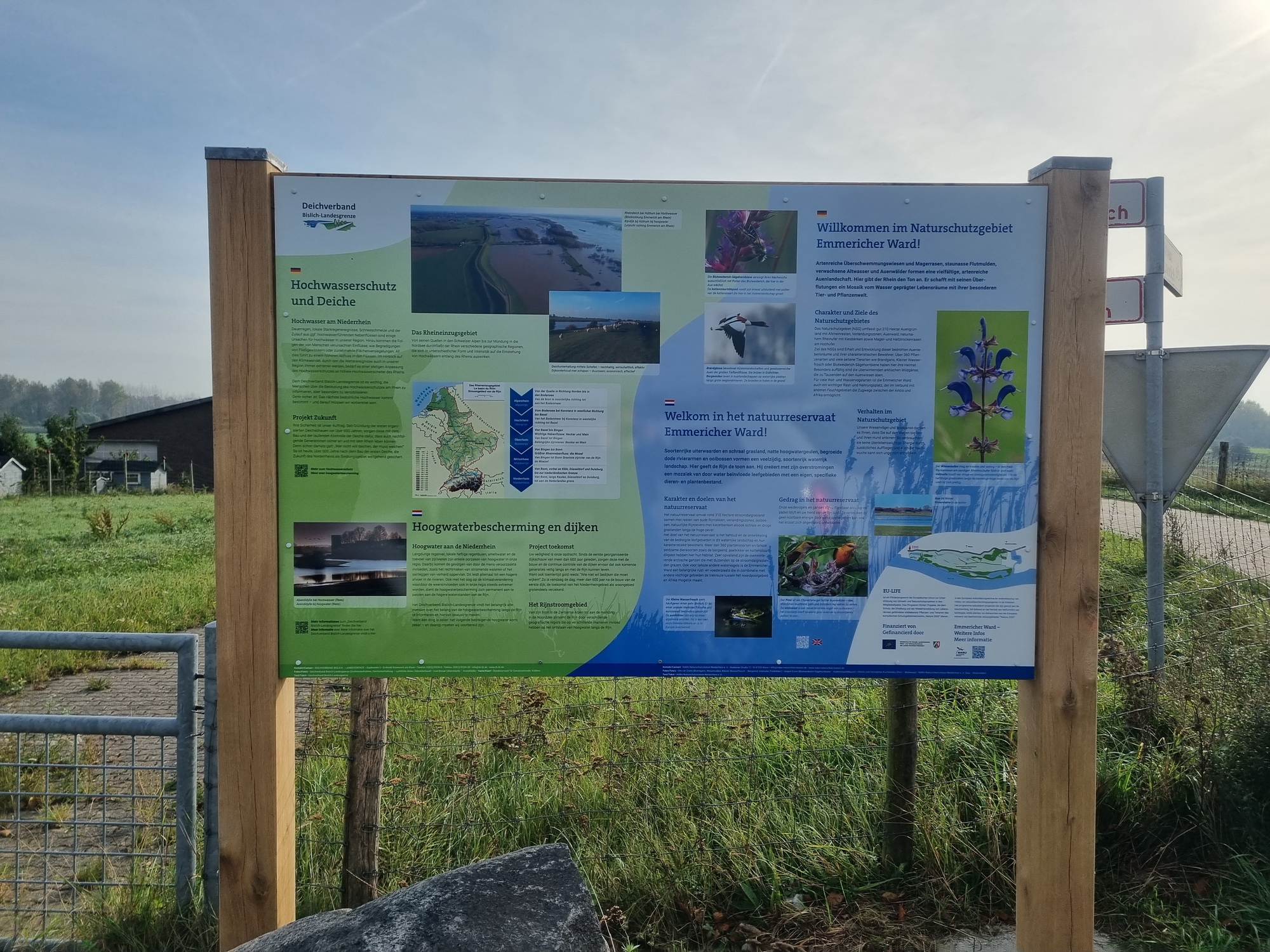
Information sign at the Dutch border – Photo: NABU-Naturschutzstation Niederrhein
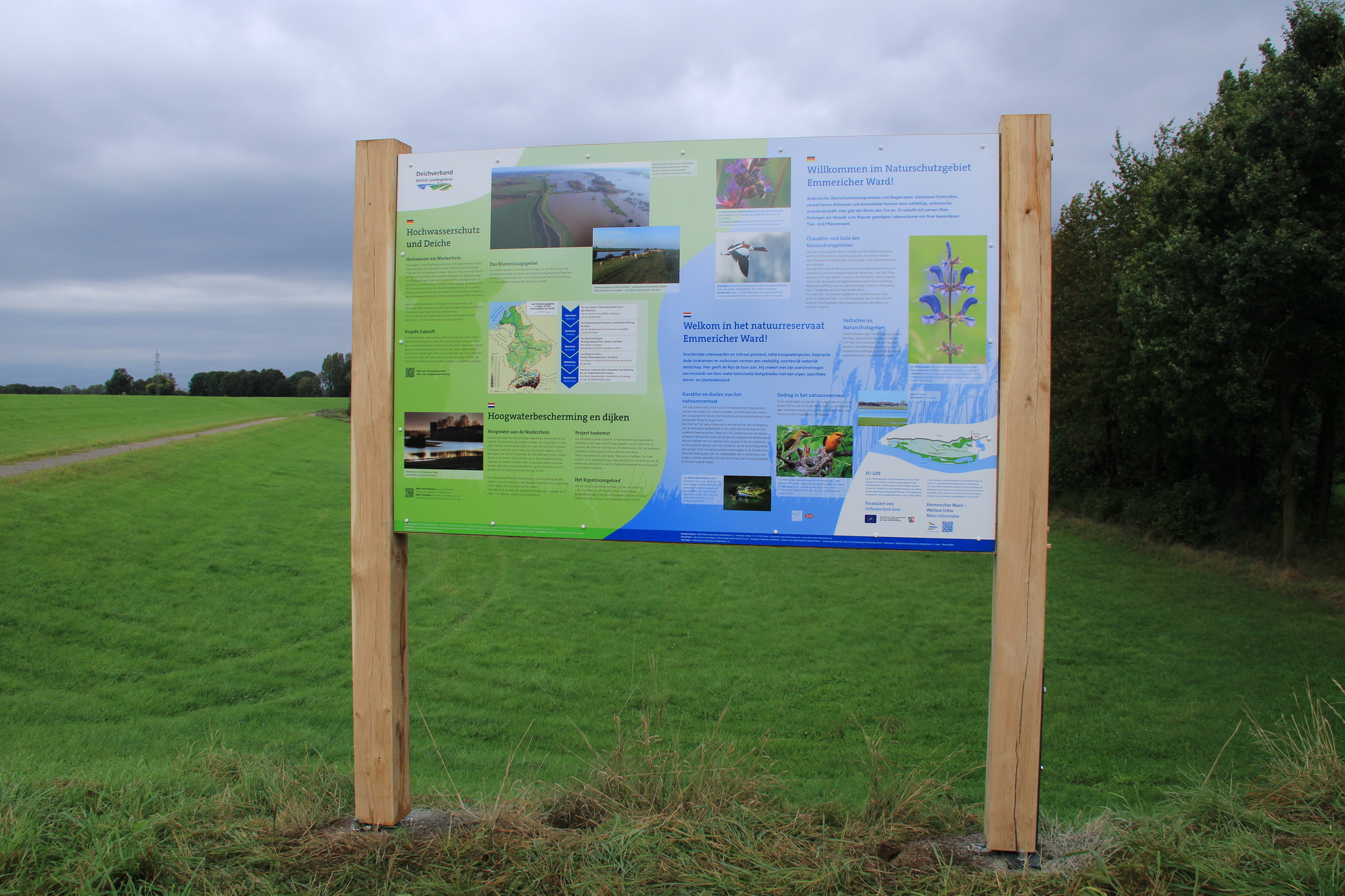
Information sign near the marina – Photo: NABU-Naturschutzstation Niederrhein
Here we go again!
- Details
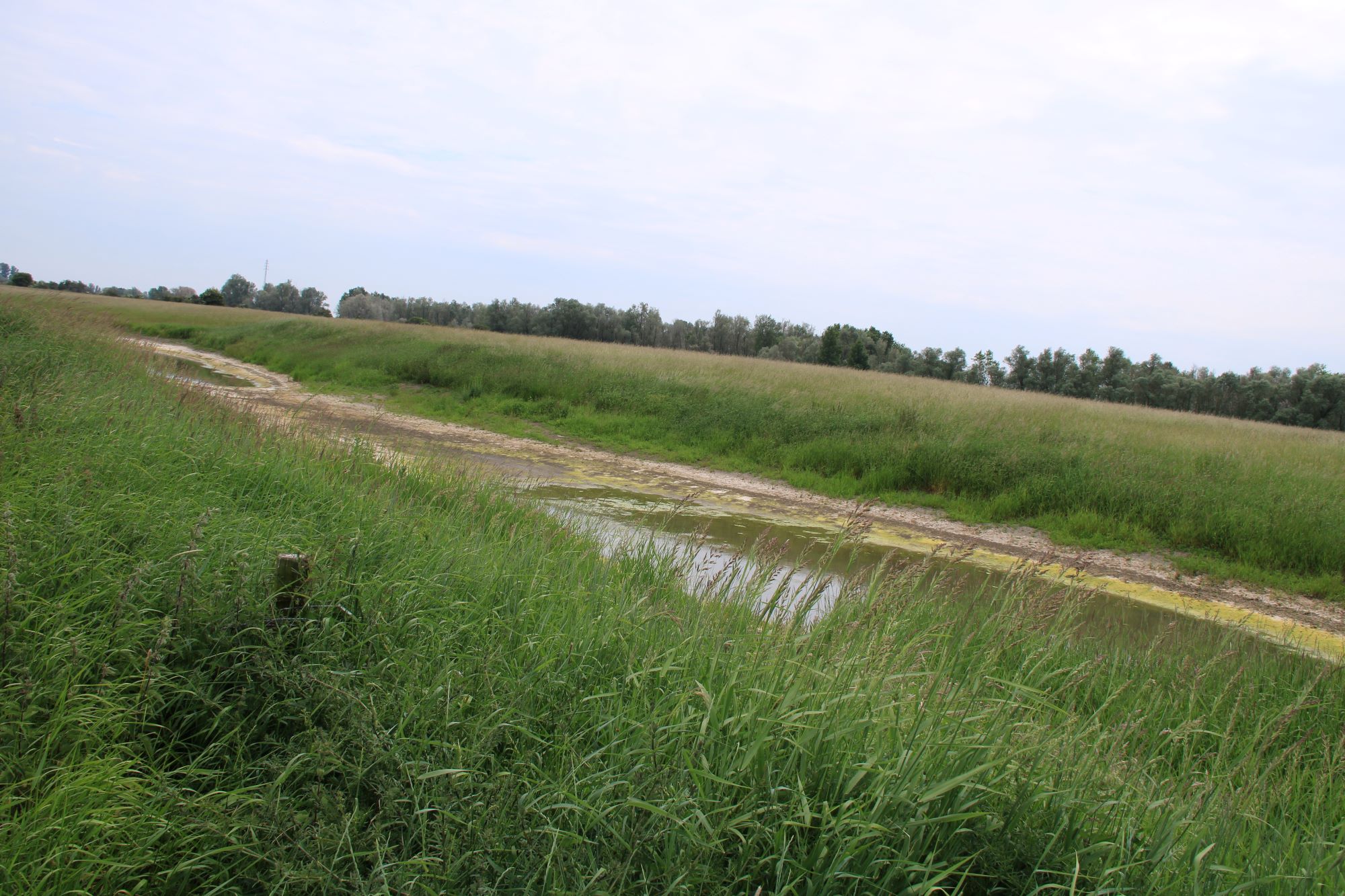
Tidal pools in June © NABU-Naturschutzstation Niederrhein
The work that was done last year is showing the first improvements. After a relatively rainy spring, in June some water remains in the deepened tidal pools. In July the second round of construction work will begin: alluvial waters will be restored with heavy equipment. Pumps for artificial irrigation are installed and the weirs will be completed. The installation of an additional polder gate will also make it possible to keep water in the area for a longer period of time, thus counteracting droughts in the long term.
By restoring and preserving this now rare floodplain landscape, numerous rare species will find valuable habitat.
Another guided tour of the construction site is planned for autumn; the exact date will be announced.
Even in winter things happen…
- Details
In the course of the construction work, some water areas will be cleared of the surrounding woody plants in order to create an open floodplain landscape. In order to compensate for the loss of these wooded areas, compensatory planting with willows and other typical species was carried out in another part of the area.
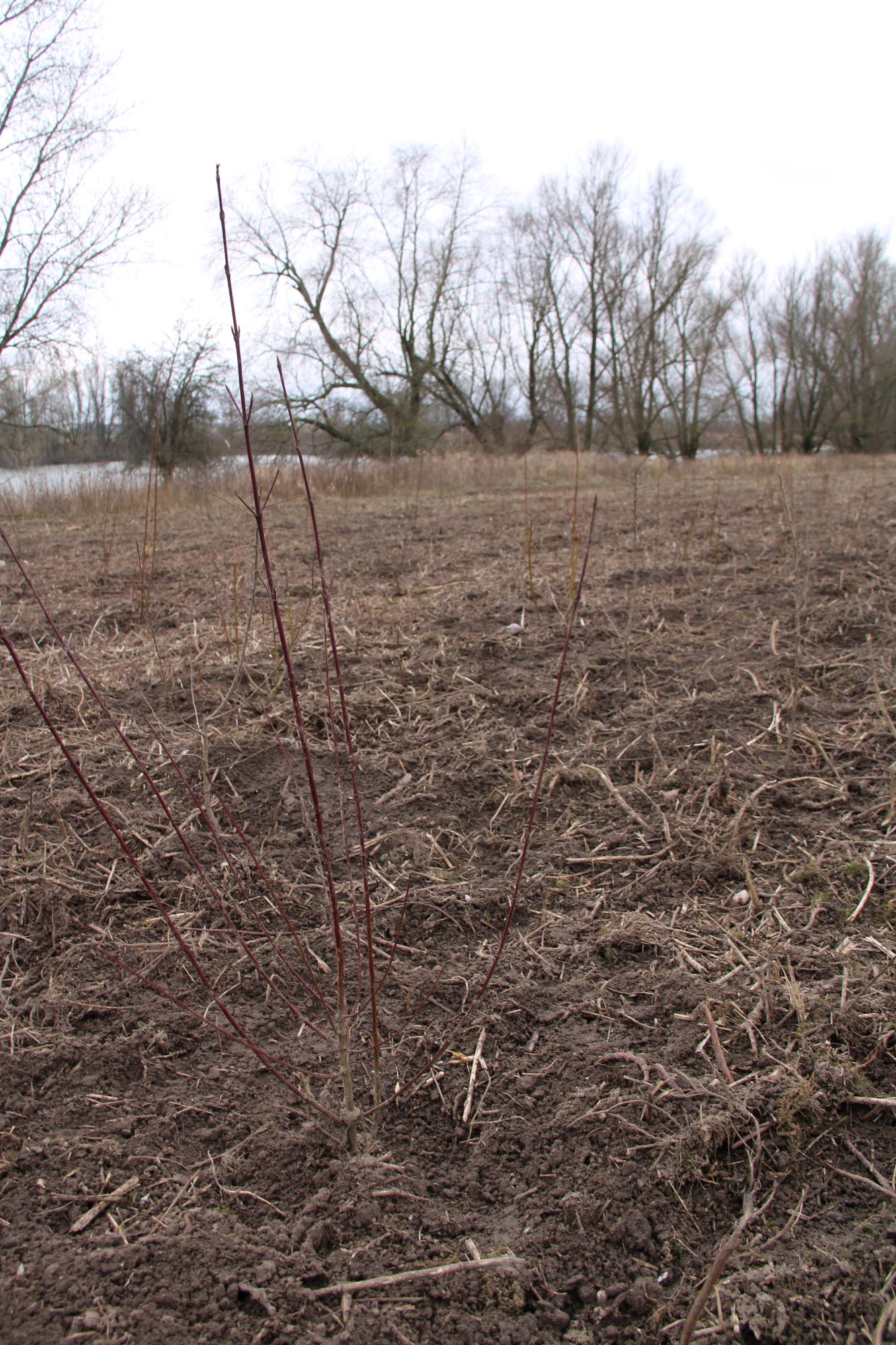
Compensatory area near the large excavation lake (Photo: NABU-Naturschutzstation)
Peace returns to the Emmerich Ward –end of the first construction phase
- Details
The construction machines leave, the feathered winter guests arrive. Construction noise is replaced by the chatter of arctic geese. Mid November this year's construction work within the framework of the LIFE project "Wetland Emmericher Ward" was completed.
Now the Emmericher Ward, which is part of the internationally important Lower Rhine Wetland, belongs entirely to the birds, which have their resting and grazing areas here.
It was an eventful year: after a late flood in spring actions had to wait until the area was finally dry enough to drive on. First thing that happened was the arrival of the explosive ordnance disposal service. Their search for remnants of the World War was successful: several bombs were found, two of which could not be defused but were detonated in a controlled manner.
When the actual construction work started, the restoration of flood depressions and small water bodies revealed underground fortifications that probably date back to the early modern period (ca. end of the 15th - end of the 18th century) and first had to be investigated by archaeologists.
But what has lasted a long time - and has always been exciting - is finally becoming good! This year's construction work is done:
- Flood depressions and small water bodies have been desilted and restored. They are not only important amphibian spawning grounds, but also an indispensable food source for the chicks of the meadow birds that breed here in spring.
- In order to be able to keep the water in the area for a longer time period after flooding, ditch dams were set. In this way, the wetland character of the Emmericher Ward is further strengthened and the ecological importance of this nature reserve is preserved.
After the end oft he next breeding season around July 2023 the second contruction phase will focus on the construction of the polder control system and the creation of the remaining water bodies.
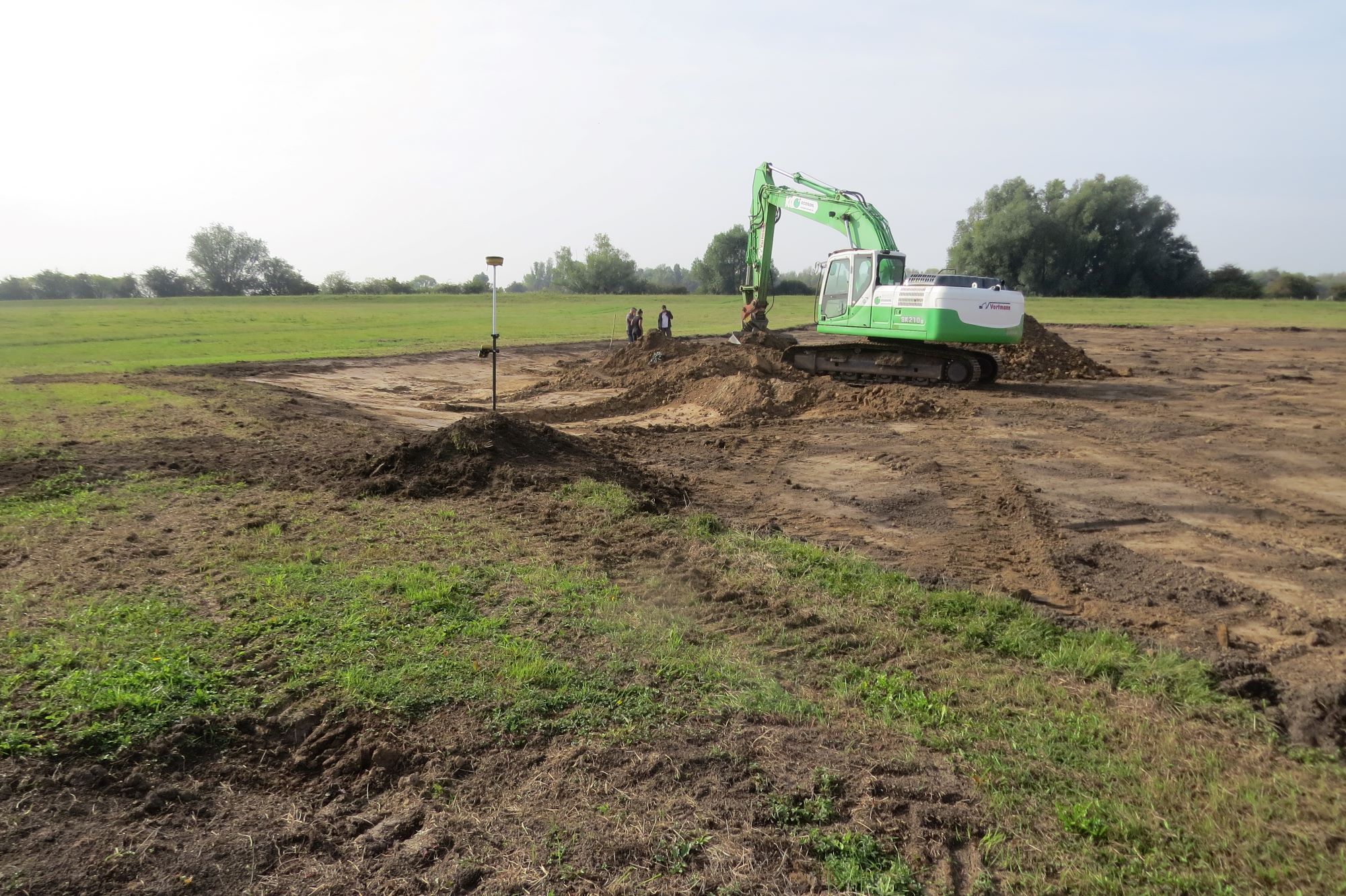
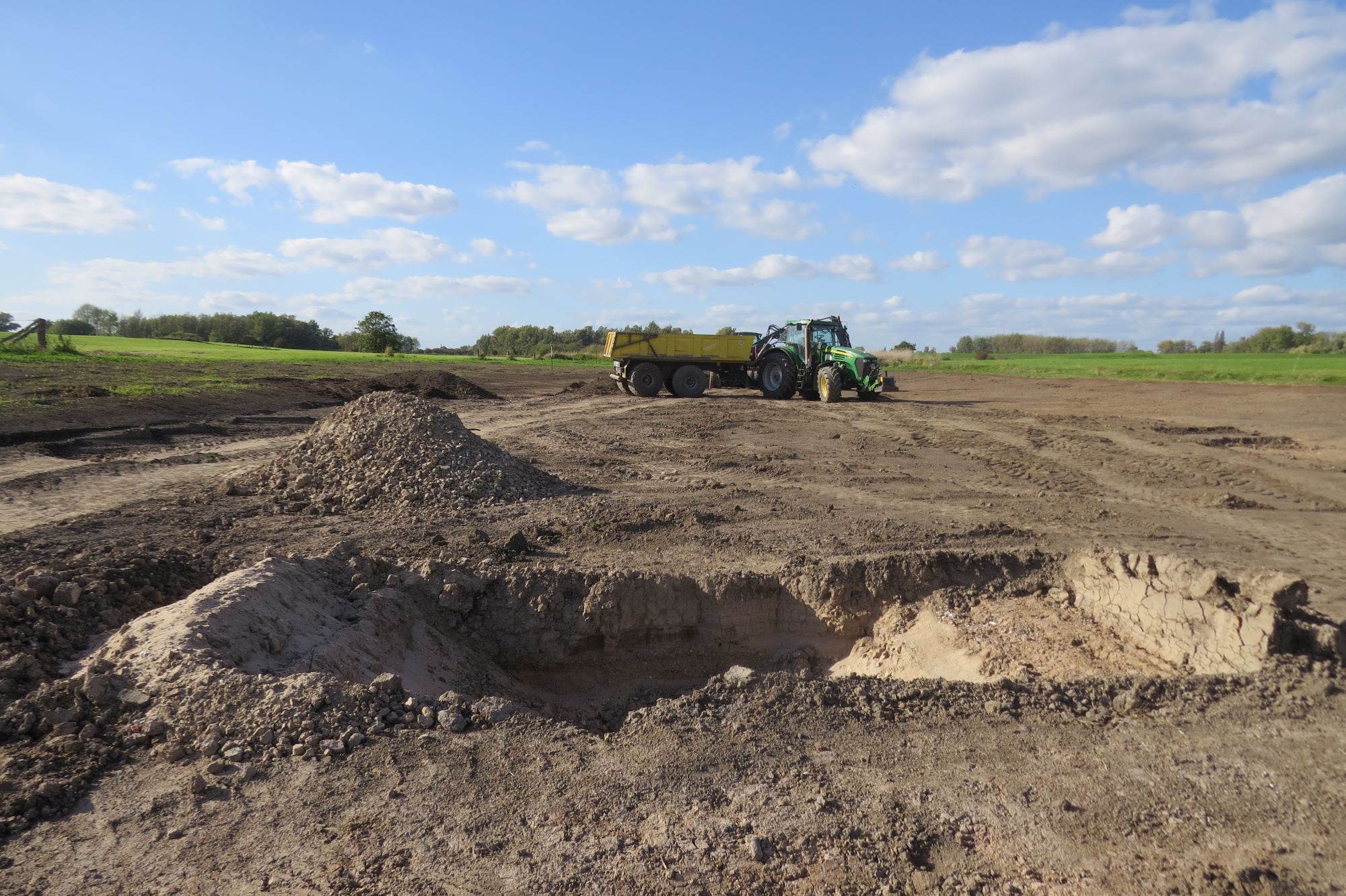
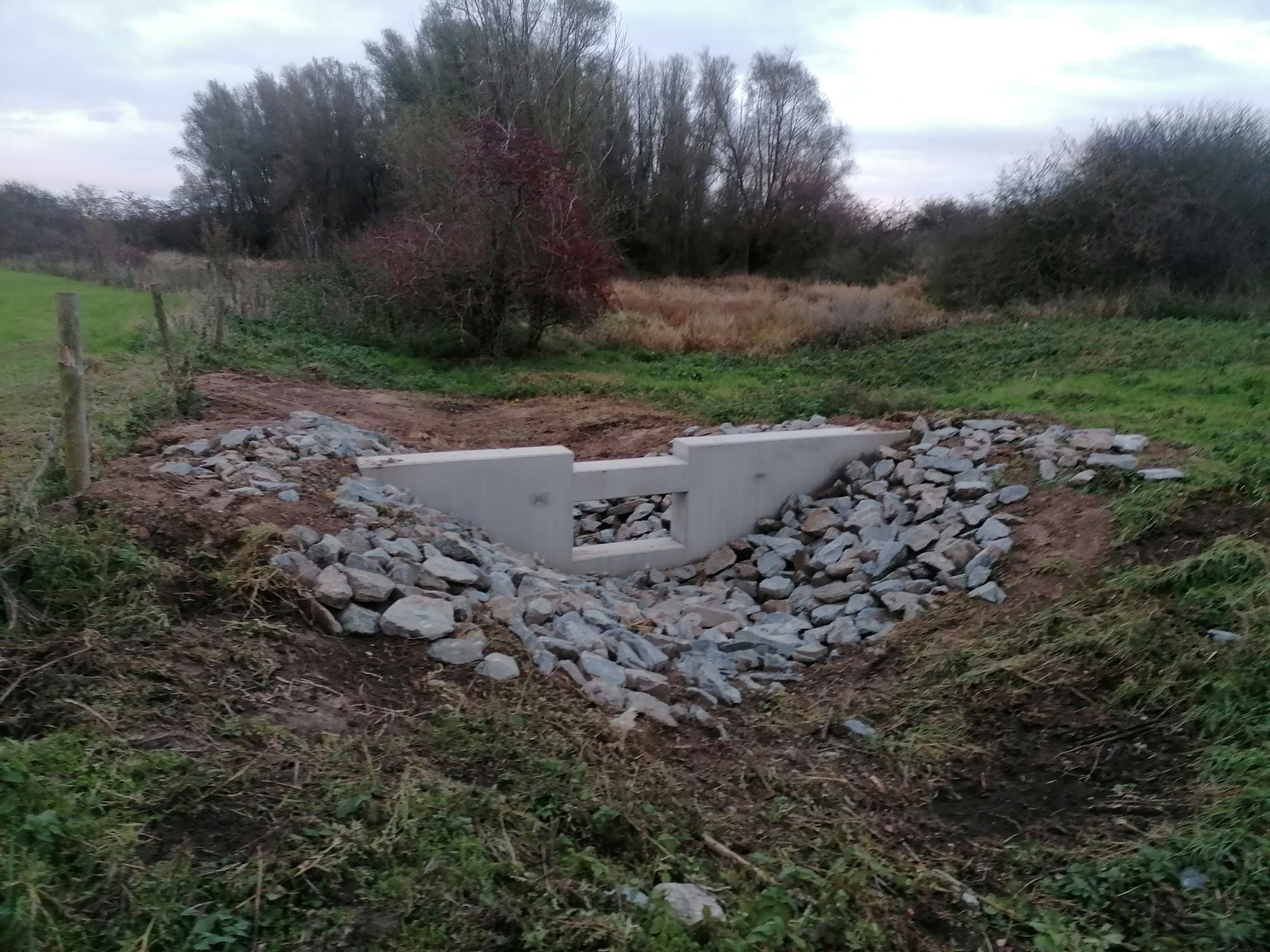
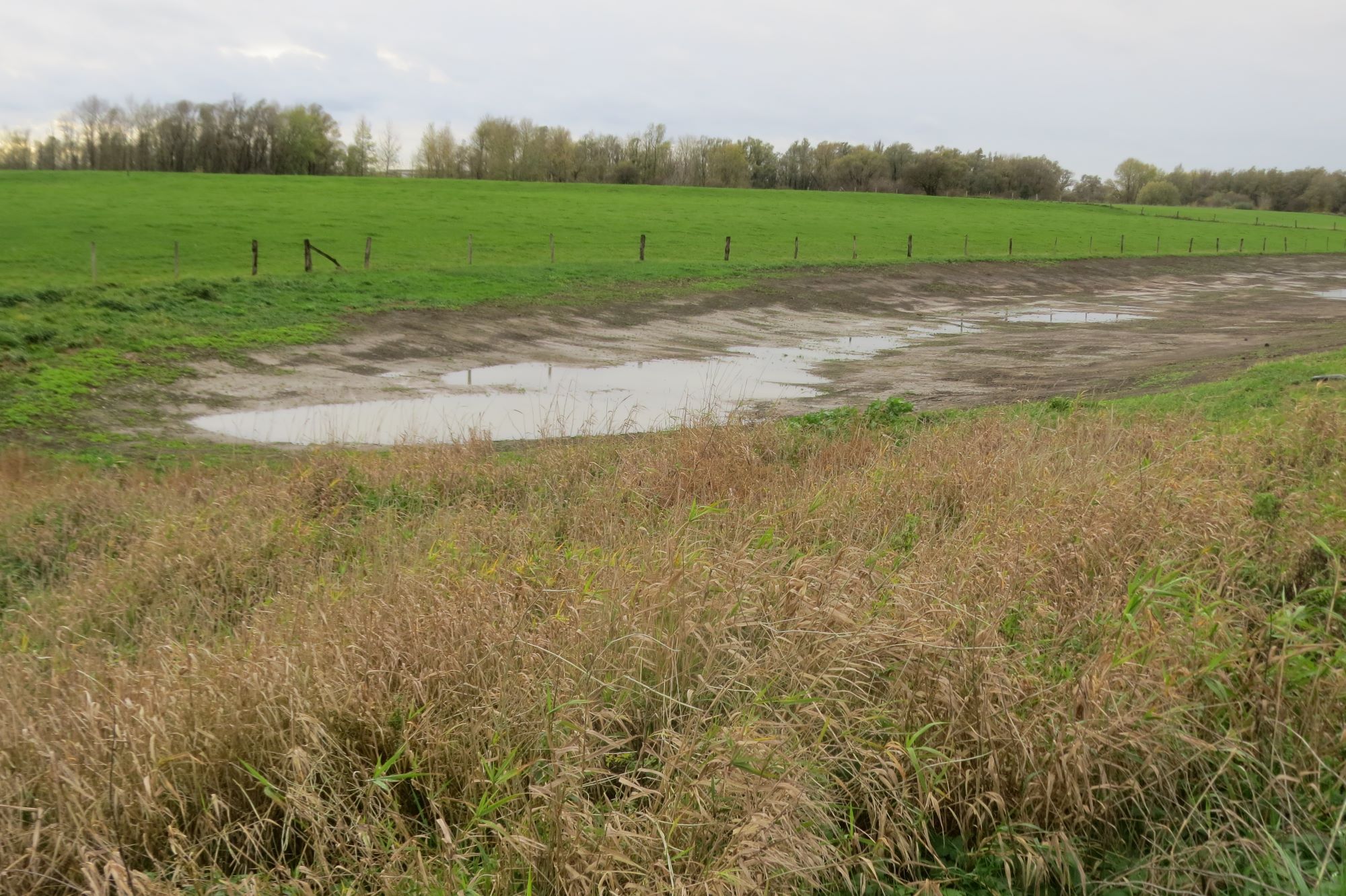
Impressions from 2022: Construction work, ditch with installed weir, restored tidal pool (Photos: NABU-Naturschutzstation)

A lot of earth was moved!
- Details
Perfect weather and good mood on Saturday 27.08.22 in the Emmerich Ward at the kick-off party for the construction work. State Minister for Environment of Northrhine Westfalia Oliver Krischer, 1st Deputy District Representative Stefan Welberts and the Mayor of Emmerich Peter Hinze together with our CEO Dietrich Cerff shovel hard at the groundbreaking ceremony of the project.
In addition to the VIPs, we were very pleased about the presence of the citizens of Hüthum, local farmers, and the participating companies BCE and Ecosoil. Many other interested people, young and old, could get a first impression of the area and what we are trying to achieve with our measures.
The highly frequented excursion with project manager Klaus Markgraf-Maué was also a wonderful opportunity to take a look at the nature reserve – at the moment still without getting wet feet – something we try to revise with our mesurements. We hope that the construction work will improve the connection between the wetland and the Rhine and keep the area wet for longer.
Everything is ready to begin the construction work (Photo: NABU-Naturschutzstation)
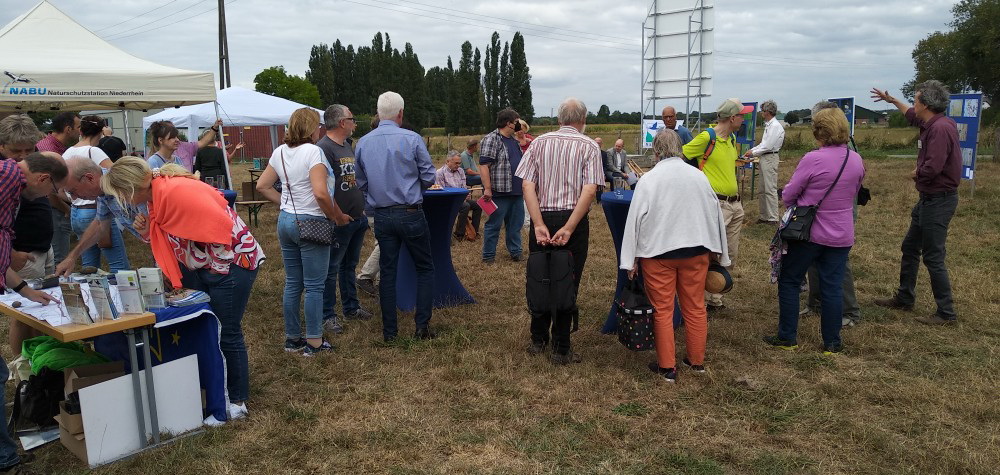
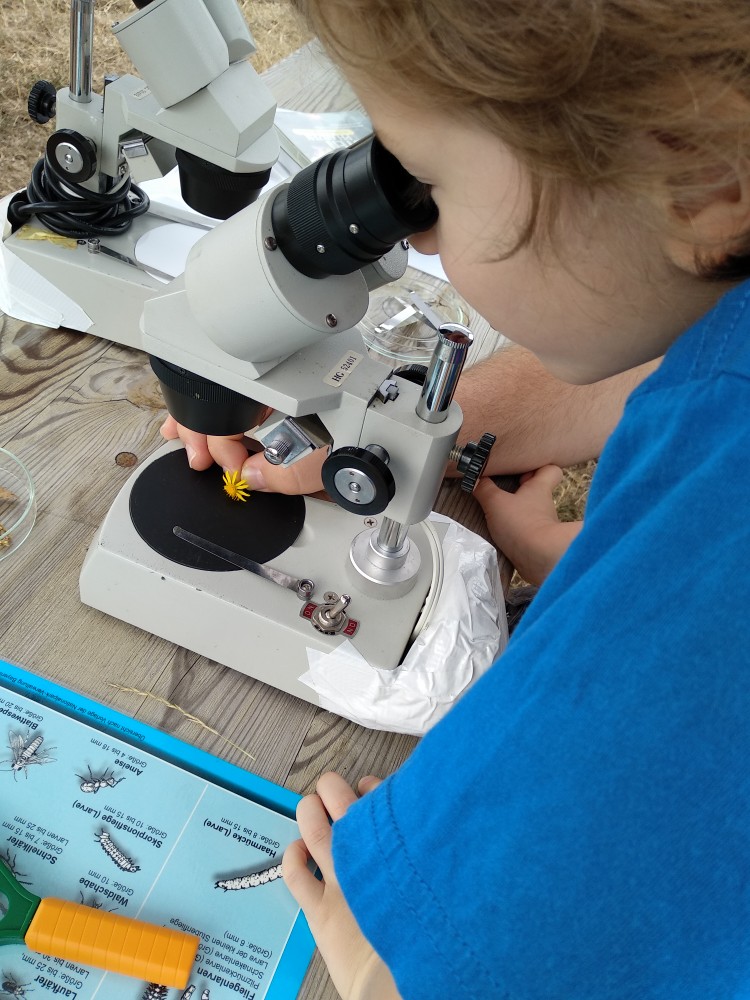
Impressions of the event (Photos: NABU-Naturschutzstation)
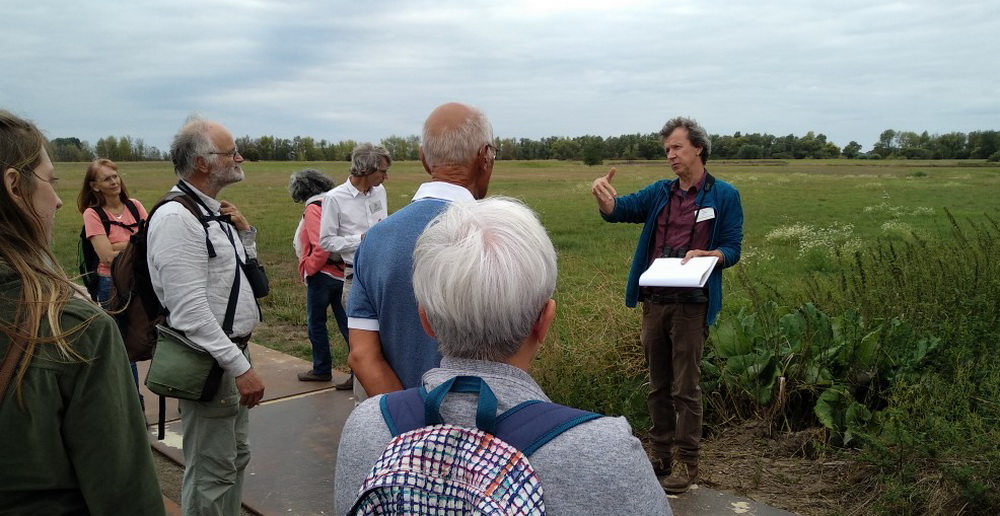
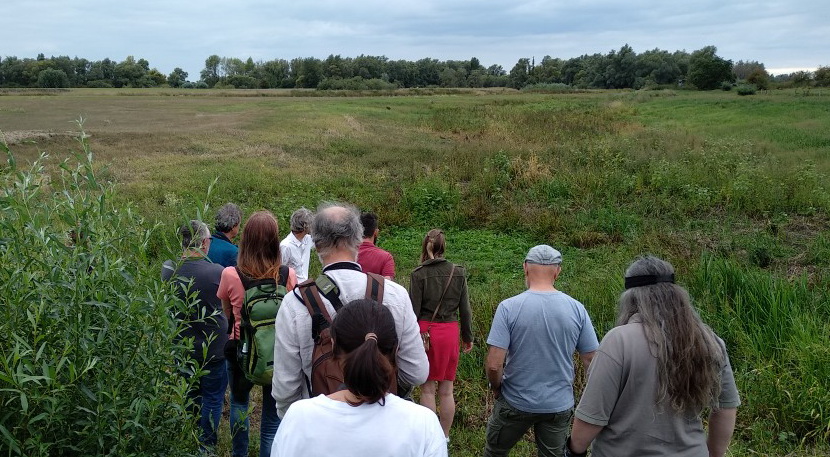
Excursion to the measurement sites (Photo: NABU-Naturschutzstation)
Meeting at nose level (Photo: NABU-Naturschutzstation)





